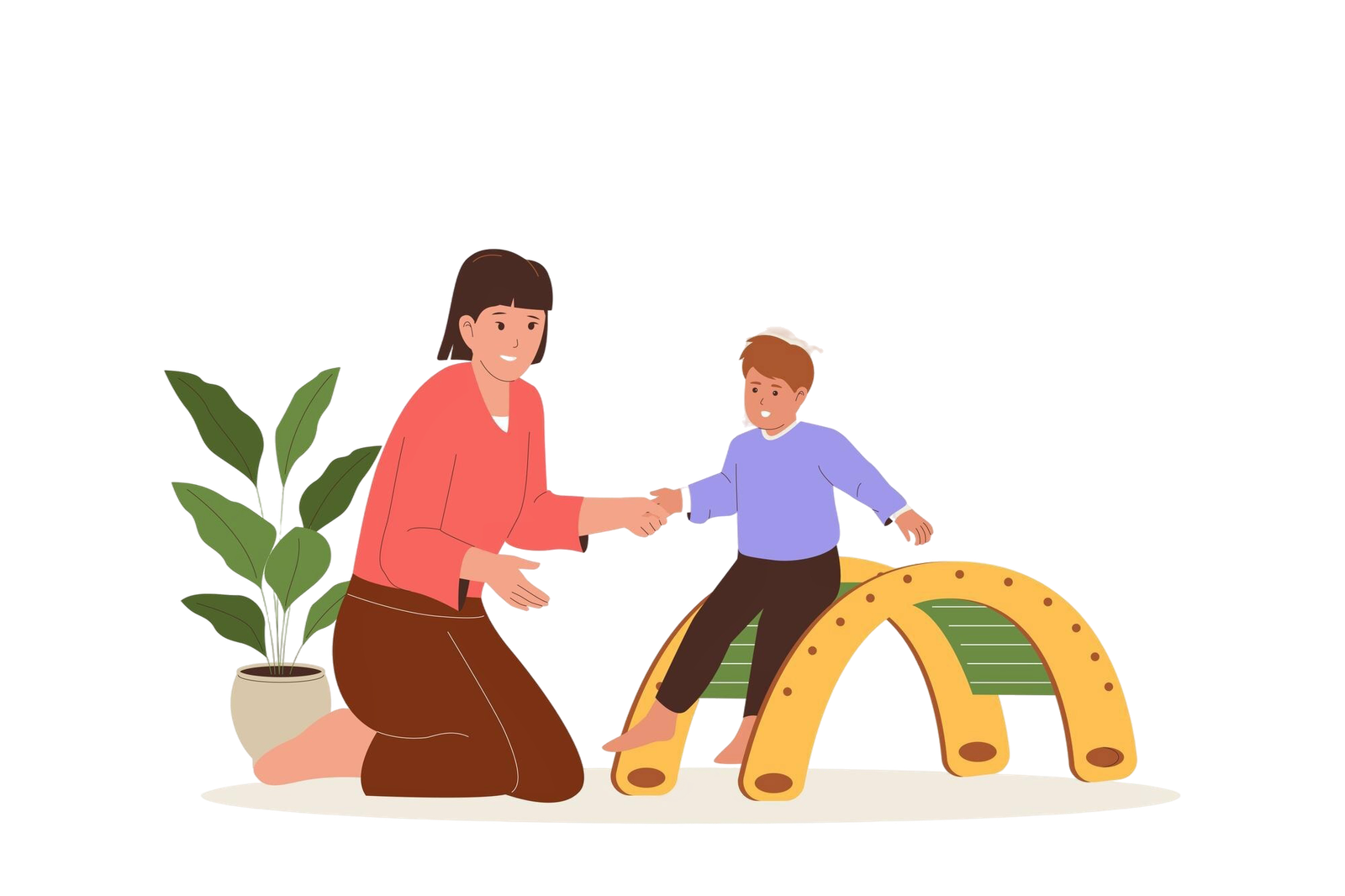Occupational Therapy (OT) is a holistic healthcare profession designed to support individuals of all ages who face challenges related to cognitive, physical, or sensory processing abilities. The primary goal of OT is to promote independence and enhance quality of life by helping individuals engage in meaningful daily activities.
For children, especially those with developmental delays or disorders, pediatric occupational therapy plays a critical role. It helps them master essential daily living skills such as bathing, brushing teeth, feeding themselves, and dressing. Therapists also focus on fine motor development, helping children strengthen their hand muscles and improve hand-eye coordination, which is vital for tasks like writing, cutting, and buttoning clothes.
Additionally, OT often incorporates sensory integration techniques to assist children who are overly sensitive or under-responsive to sensory input, supporting better focus, emotional regulation, and participation in daily routines.
What Does Pediatric Occupational Therapy Do?
The most effective occupational therapists approach treatment from a holistic perspective, carefully evaluating each child to understand the root causes of developmental delays or limitations. These may be related to social development, self-care routines, fine and gross motor skills, or cognitive functioning. By tailoring therapy to the individual needs of each child, OT professionals use a child-centered approach that fosters independence, skill-building, and emotional growth.
Through consistent intervention, pediatric occupational therapy empowers children to master critical life skills, laying the foundation for them to become confident, capable, and healthy adults.
Pediatric occupational therapy can:
